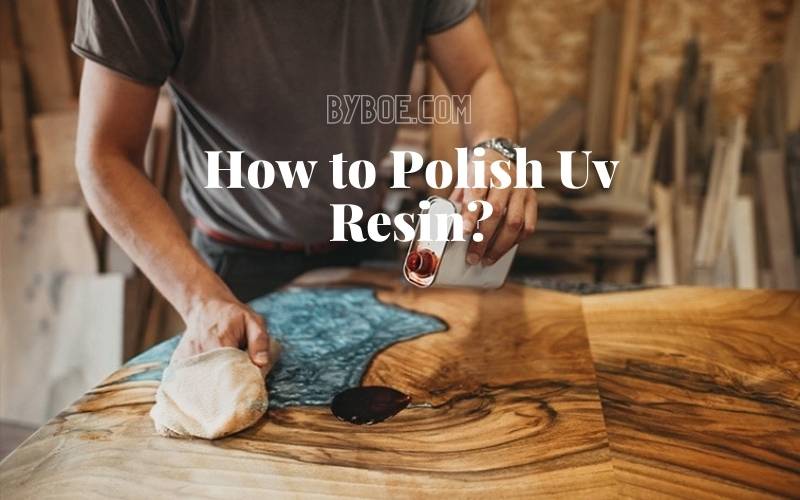If you’re looking for an easy way to polish your UV resin, try using a polishing pad. First, wet the pad with water and add a small polishing compound. Then, rub the resin in a circular motion until it’s shiny. Keep reading this article; Byboe will show you how to Polish Uv Resin?
Table of Contents
- 1 How to Polish Resin
- 1.1 Tools and Materials
- 1.2 Clean 3D Printing or Cast Part
- 1.3 Sand Paper Grits – From 120 to 2000
- 1.4 Hand Sanding
- 1.5 Power Sanding
- 1.6 Wet Sand by Hand
- 1.7 Check for Scratches
- 1.8 Rubbing Compound
- 1.9 Polishing Compound
- 1.10 Mechanical Polishing With Mothers Ball
- 1.11 Buffing Wheel – Tripoli
- 1.12 Buffing Wheel – White Diamond
- 1.13 Finish With Carnuba Wax
- 2 How to Polish Resin? FAQs
- 3 How to Polish Resin Easy? Conclusion
How to Polish Resin
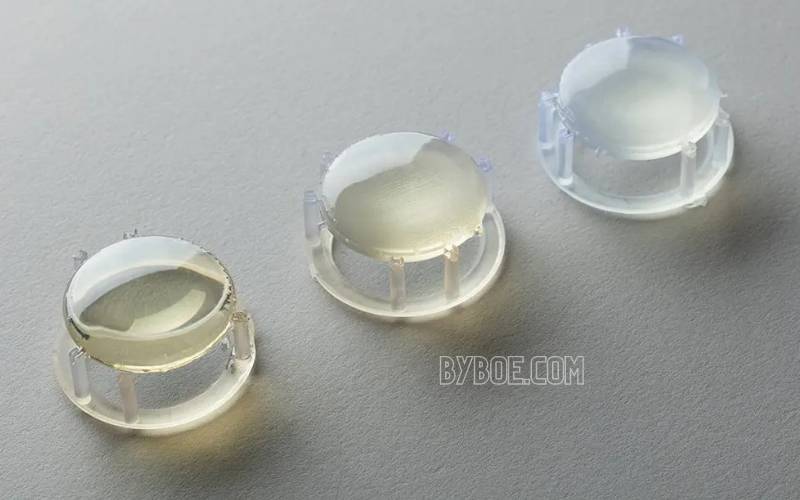
Tools and Materials
To polish your resin part, gather the following tools and materials:
- Sandpaper 120, 180, and 220.
- Sanding block
- Water
- Scratch remover compound
- Polishing compound
- The polishing cloth that is lint-free and scratch-free
- Polishing the ball by mothers
- Buffing wheel
- Buffing compounds
- Wax product
There are many buffing compounds and waxes, but I found the most effective and affordable at a regular auto parts store. I had the mechanical buffer and needed some unique buffing wheels.
The Beall Tool Company Wood Buffing Kit was the best option. Although it says it is for wood, it can also be used 100% on resin.
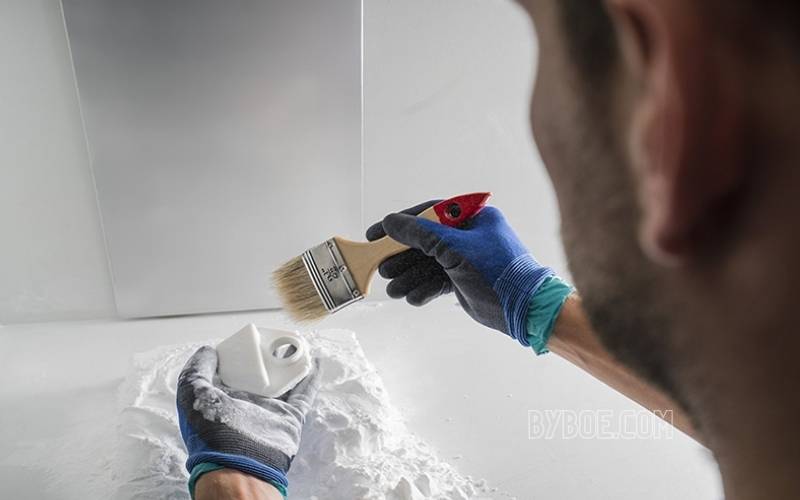
Clean 3D Printing or Cast Part
Objet 3D printers produce 3D prints that are covered with support material. Before polishing can be started, the support material must be removed.
To properly clean your 3D printer, you can use a pressure washer, surform tool, dental tool, or any other tools that are available to you. To remove mold releases from cast resin parts, wash the exterior of the resin with soapy water.
It depends on whether the part was printed or cast. This Instructable assumes that the region has rough surfaces. The steps to polishing a piece that is not already smooth are also covered.
It’s possible to skip the first few steps if your surface is already smooth.
If you are looking for the right way to clean your UV resin, let us show you how to do it right now:
Sand Paper Grits – From 120 to 2000
Use 120 grit sandpaper to sand the resin. Before moving on to the next grit, make sure you sand the entire resin surface. Once the resin has been sanded smooth, it becomes easier to spot a deep scratch.
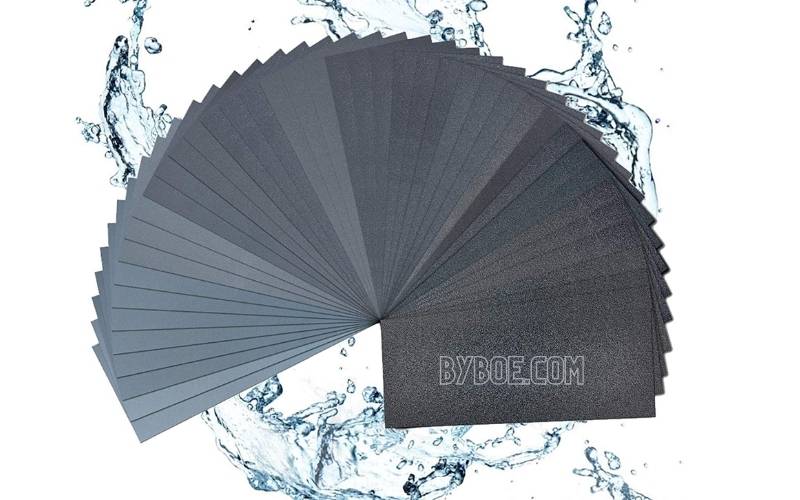
However, you will need to go back to the beginning and spot sand any blemishes. You can sand the whole thing with the rough paper, then move up to the next grade.
It would help if you sanded the model and then sand again to ensure that you have covered all areas. Open areas are more complex than convex ones.
After covering all of the resin parts, you can move on to the next more acceptable grade of grit paper. You can start at around 400 grit and then switch to wet sanding. These papers are specially designed to work with water. It’s still all about dry sanding.
Dry sanding can cause a lot of resin dust. This stuff can be very irritating to the respiratory system.

Hand Sanding
We were only hand-sanding when we started polishing the resin piece. Hand sanding is fine but tiring. We took turns as we worked our way through 9 rounds of sanding before we stopped and rested.
The sanding blocks were used for one side of this model. We used our hands to support the other sides. Although we tried a few different sanding methods, such as sponge-like backers for the sandpaper and flexible foam sanding pad, our hands were the most effective and flexible support to the paper, allowing us to reach all the crevices and contours.
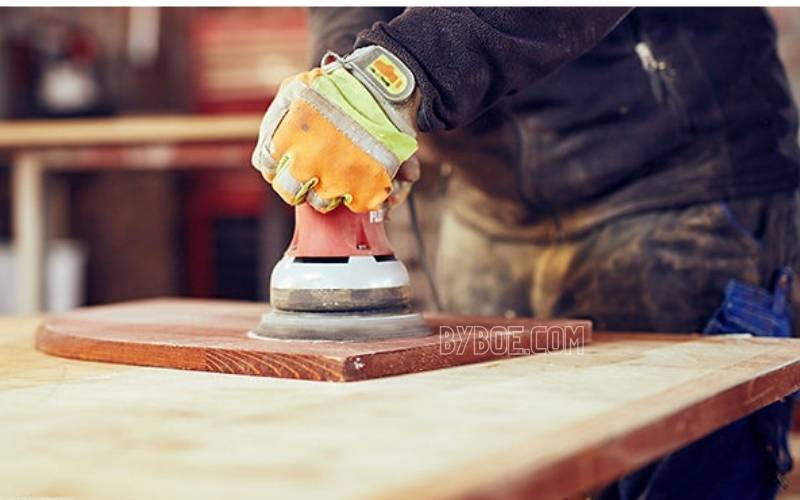
Power Sanding
We made the same mistake I warned you about: we thought that we had effectively sanded the resin’s surface and then moved on to the next level of grit.
We quickly realized many of the missing areas when we moved on to wet sanding. We had to start from scratch and were tired from hand sanding, so we used a detail grinder to speed things up.
My shipmate has a Fein brand detail-sander. Although a dremmel is also possible, the Fein sander’s quality is excellent. If you have a larger resin piece, there may be other alternatives or larger sanders.
You can easily make a custom sanding pad with OK grit papers for detail sanders. Take a used Fein brand pad and spray it with a 3M adhesive.
Then, affix a piece of fine sandpaper to it that has been reduced to the same size. You have it! Reusable fine-grit sanding pad that is affordable and easy to use.

Wet Sand by Hand
Once you have reached 400 grit, it is time to begin wet sanding, depending on which sandpaper you use. We did this process by hand to ensure more control and avoid getting electrocuted. You can start at 400, then work your way up to 600 800, 1000, 1500, and finally 2000.
Water is essential to control the fine dust produced by this step and keep the sandpaper from becoming too dense.
As I mentioned before, you need to be as specific as possible before moving up to higher sandpaper grades. You will see the imperfections in your work as they become polished.
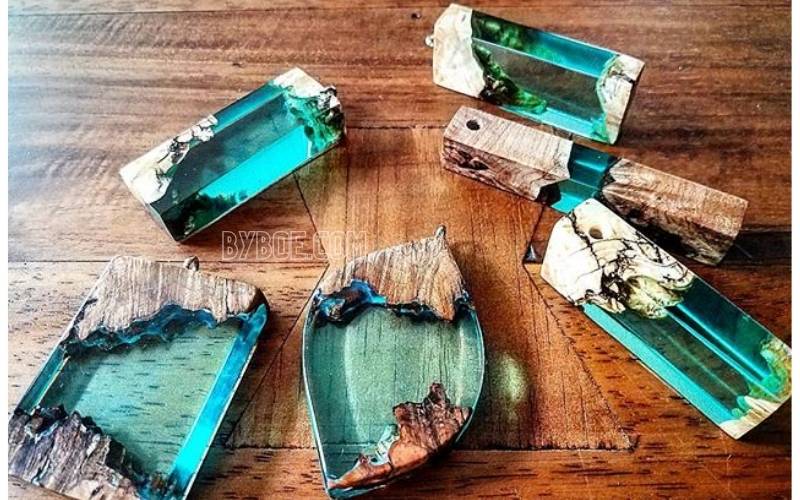
Check for Scratches
It was easiest to check for any scratches by wiping the resin clean with a towel then rinsing it with water. It is possible to inspect any scratches, pot marks, or inconsistencies by rubbing the water in with your fingers.
Continue sanding until you reach 2000 if the resin passes the scratch test. It should look clear but not polished by 2000. This is the next step.
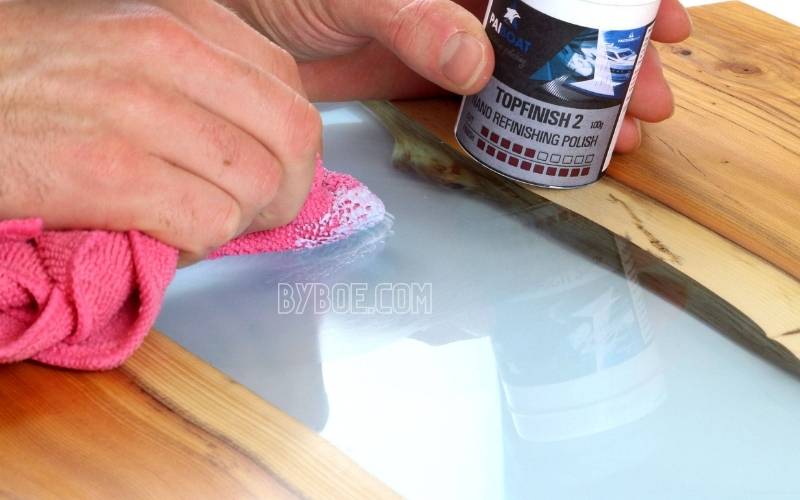
Rubbing Compound
To start the polishing process, I used two different types of polishing compounds – the first was Turtle Wax brand Rubbing Compound.
Follow the instructions: Apply a small amount of resin to a clean cloth and rub it vigorously on the resin’s surface. Allow it to sit for a moment, then use another piece of fabric to buff it off.
This polishing compound is more acceptable than sandpaper but not as refined as the buffing chemicals used on the mechanical buffing wheels.
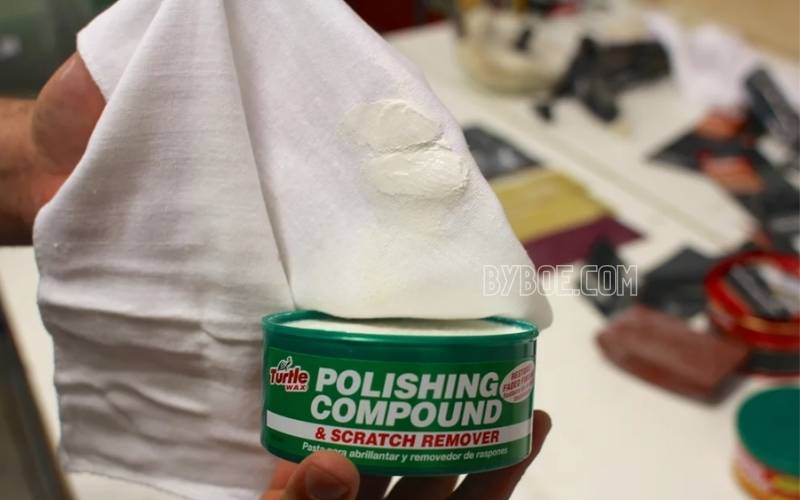
Polishing Compound
For the more acceptable polishing compound – Turtle Wax brand Polishing Chemical, follow the same steps as in the previous step.
This creamy white polishing agent brings out the resin’s initial polished surface…and it only gets better in the following steps.
Mechanical Polishing With Mothers Ball
We did the first two steps manually using a polishing cloth. I decided to use a machine to do this step. I bought a Mothers Ball polishing instrument at the auto parts store and put it in the chuck of my corded drilling machine.
The drill trigger should be locked. Once the ball is loaded with a polishing compound, polish all surfaces. As the drill spins, hold on to the resin part. Although it doesn’t cause much friction, it could catch an edge on the resin part and try to escape.
This step is best done with an apron.
Since the photo was taken, I have been polishing the models on the drill press. It spins the ball with more stability and speed control.
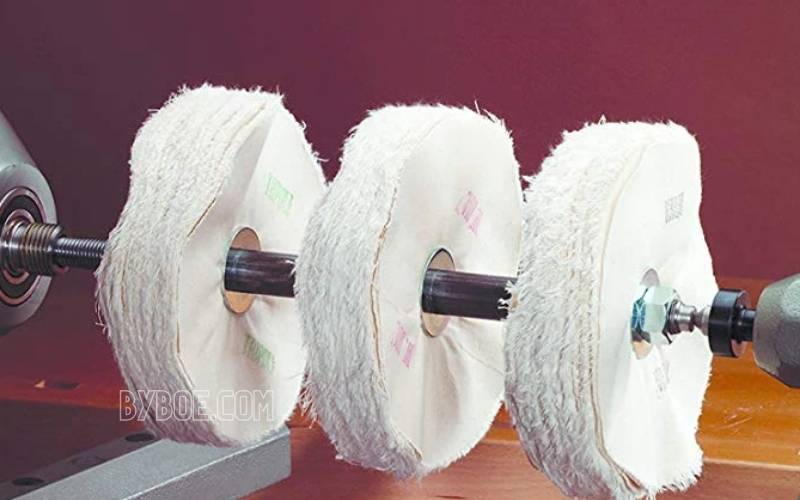
Buffing Wheel – Tripoli
The motorized buffing wheel is used to buff the polish. Any motor with a rotation speed of 1500 to 2000 rpm should be sufficient.
Mount the first all-linen buffing tool in the kit to an arbor and fill the wheel with tripoli compound. Beall Tool’s buffing system is what I am using, but you can use any other buffing compound system.
Hold the bar against the reel for a few seconds to load the wheel with the compound. It’s ready to go once the red material has been deposited on it. You may need to apply the mixture again if you’re buffing large areas.
Take the resin piece in your hands, and hold it tightly before inserting it into the wheel.
It would help if you always had the wheel spinning down and away from your face. Also, it would help if you buffed the bottom of it in case anything catches an edge. Otherwise, it will launch right at you. It will be thrown away from you if it is buffed down and out.
Hold on to the part you are buffing by holding it with your two hands. Do not touch any sharp edges against the wheel. It is better to file the resin part parallel with the buffing wheel’s face rather than perpendicular. The part tends to “grab” it.
The resin should be moved around the buffing wheel. It shouldn’t stay in one place for too long. We want to keep the heat down and keep everything moving.
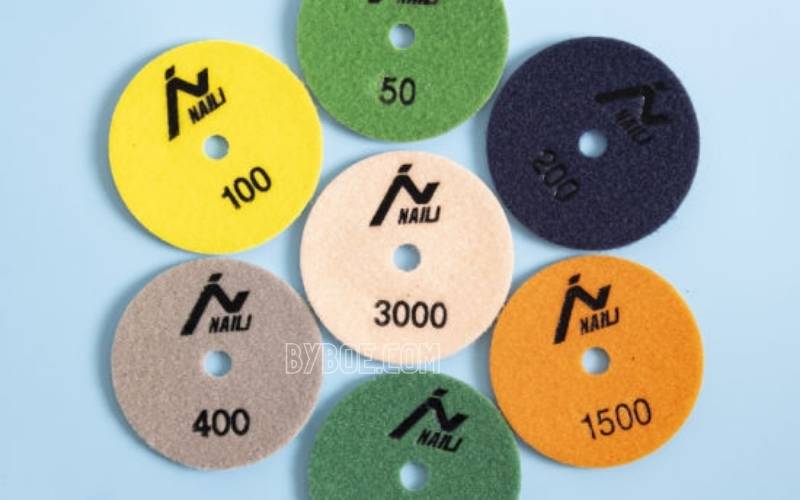
Buffing Wheel – White Diamond
Next, the Beall Kit will need to be equipped with a diamond buffing compound. You can use it on a softer wheel than the first.
So swap out your wheels, load the new linen/cotton mix wheel with a white diamond compound, then buff the same way as the previous step.
You can buff the whole model, even the concave areas, by using different parts of your wheel. If you need to find more minor details, you can even dig into the corners of the wheel.
Finish With Carnuba Wax
Applying wax is the final step in polishing resin. Carnuba wax can be used on any surface, including wood, metal, and painted surfaces. It’s a general-purpose high-gloss, hard wax.
Please switch to the all-flannel wheel and then load it with a small amount of carnauba wax. You will need to buff the wheel once more resin is added.
Too much wax can cause damage to the finish and buildup on the surface. Touch the carnauba wax bars to the wheel and load it for seconds. You can always apply more later.
*Please note that not all surfaces of the resin part have been polished in the photos from the past. The flat surface was the first to be tested.
After the process proved successful, we then went back and tried it on other characters. They were just as easy as the flat surface.
We only happened to have photos from the first attempt, not the second. Don’t be confused or concerned if the pictures show that the horse muscle’s non-linear surfaces are not as shiny as the linear ends.
Your part should look shiny after the wax has been buffed off. It was challenging to photograph the resin part I was polishing in this project because it was too shiny!
There are many ways to modify this process. Some might find steps they can skip. I tried to do as many steps as possible to understand the process.
How to Polish Resin? FAQs
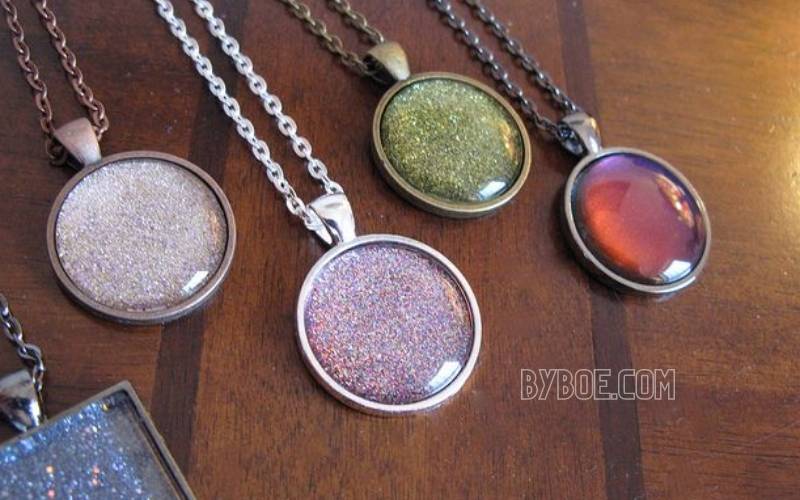
Why Is My Epoxy Resin Dull?
Excessive moisture is often responsible for cloudy or dull epoxy. The epoxy may be affected by excessive moisture or humidity. Make sure you have eliminated all water before applying the epoxy.
Why Is My Uv Resin Still Tacky?
It will be tacky, just like most UV resins, after only a few minutes of curing. This is normal because UV resins cure quickly but can take a while to cure fully.
This is due to the resin being overheated while it heals. This problem can be significantly reduced by using thin layers and curing slowly (soft lighting).
Which Is Better Uv Resin or Epoxy Resin?
UV resin has a half-year shelf life. It is also not heat- or scratch-resistant. Epoxy resin is the best choice for durable and long-lasting results that are also visually pleasing over a long time.
Can I Stain Over Resin?
The theory is that epoxy wood filler can be stained. After the epoxy wood filler has dried, you can apply a gel stain over it. This is not a stain, but epoxy is plastic. It can absorb the color of the stain solution, so it isn’t a stain.
How to Polish Resin Easy? Conclusion
These are the basic steps to polish your UV resin; you can do it by yourself at home if you have the tools needed. The polish is not harmful if it touches the skin, but some people reported it stung their eyes. If you’re not a professional, try to buy a simple polish pad that can be found at the hardware store. We hope that this information helps you to polish your UV resin easily.

